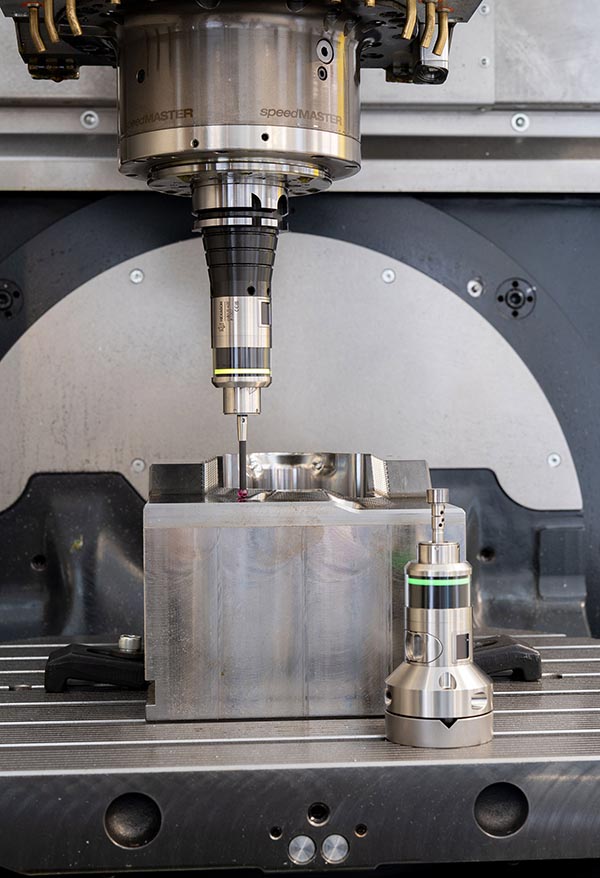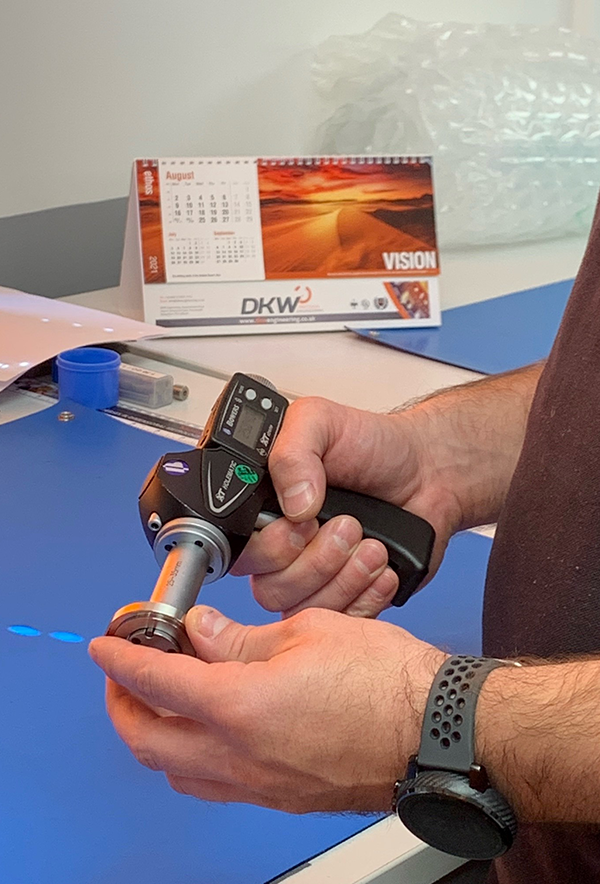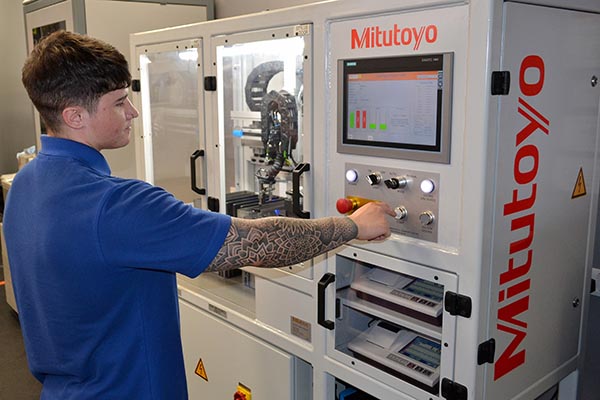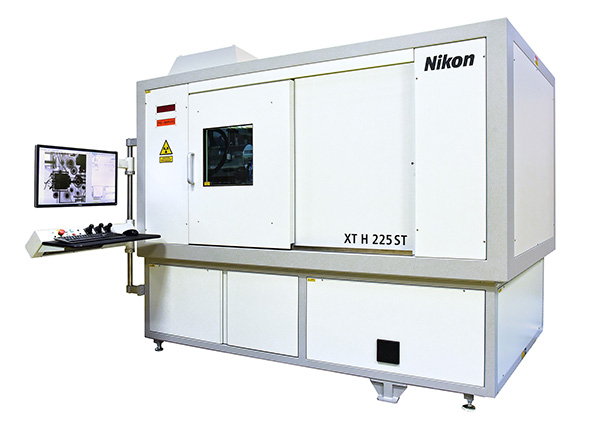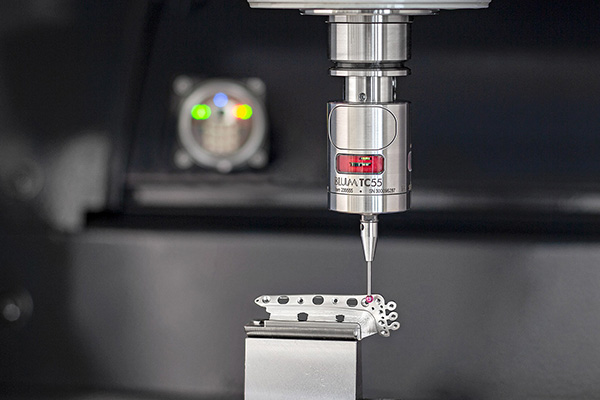
New in-machine measurement technologies released by Hexagon’s Manufacturing Intelligence division increase the variety of probing and tool-setting options for manufacturers seeking efficiency gains in a various production environments. Hexagon’s multi-sensor machine tool measurement capabilities now include compact tactile radio probes and a flexible tool-setter that can be used interchangeably to identify and correct production problems early in the manufacturing process.
Hexagon’s new m&h R-400 multi-sensor radio probe system can be used to fulfil both in-machine workpiece measurement and tool-setting requirements. Operators can deploy the system for a variety of purposes in a range of environments, including machining set-ups, measurement of complex free-form geometries with tight tolerances, and the checking of machine kinematics.
The company says that the dual-purpose m&h R-400 probe system is the first tactile probe on the market to include a built-in display. The display provides status data at a glance, enables users to save or load settings, and makes it easy to switch between tactile-sensor and tool-setting functions.
Designed for shop-floor flexibility, the system can serve as a radio probe by equipping it with a probe shank, or as a radio tool setter by mounting it on a tool-setter base. In addition to offering flexible in-machine measurement functions, the probe can help cut costs by eliminating storage of replacement sensors, as only one device needs to be stored.
The system also features an illuminated ring that completely surrounds the probe body and lights up to indicate current performance conditions and activities, so that operators can easily see the status of the system. Providing notifications such as ‘system ready’, ‘battery low’, and ‘probing’, the indicator ring makes shop-floor activity more efficient by offering immediate access to information that benefits work flow.
For further information
www.HexagonMI.com/MTM






